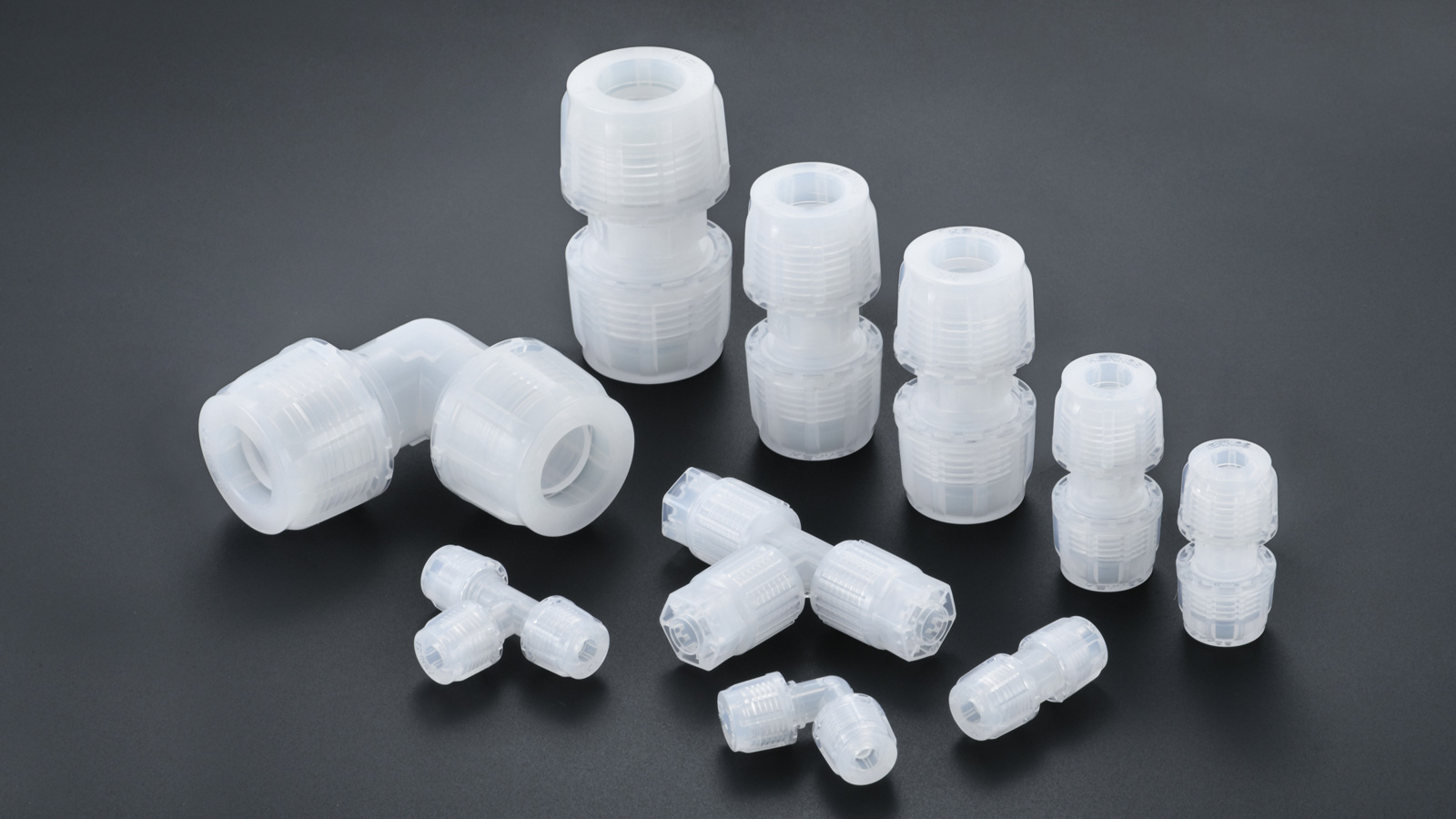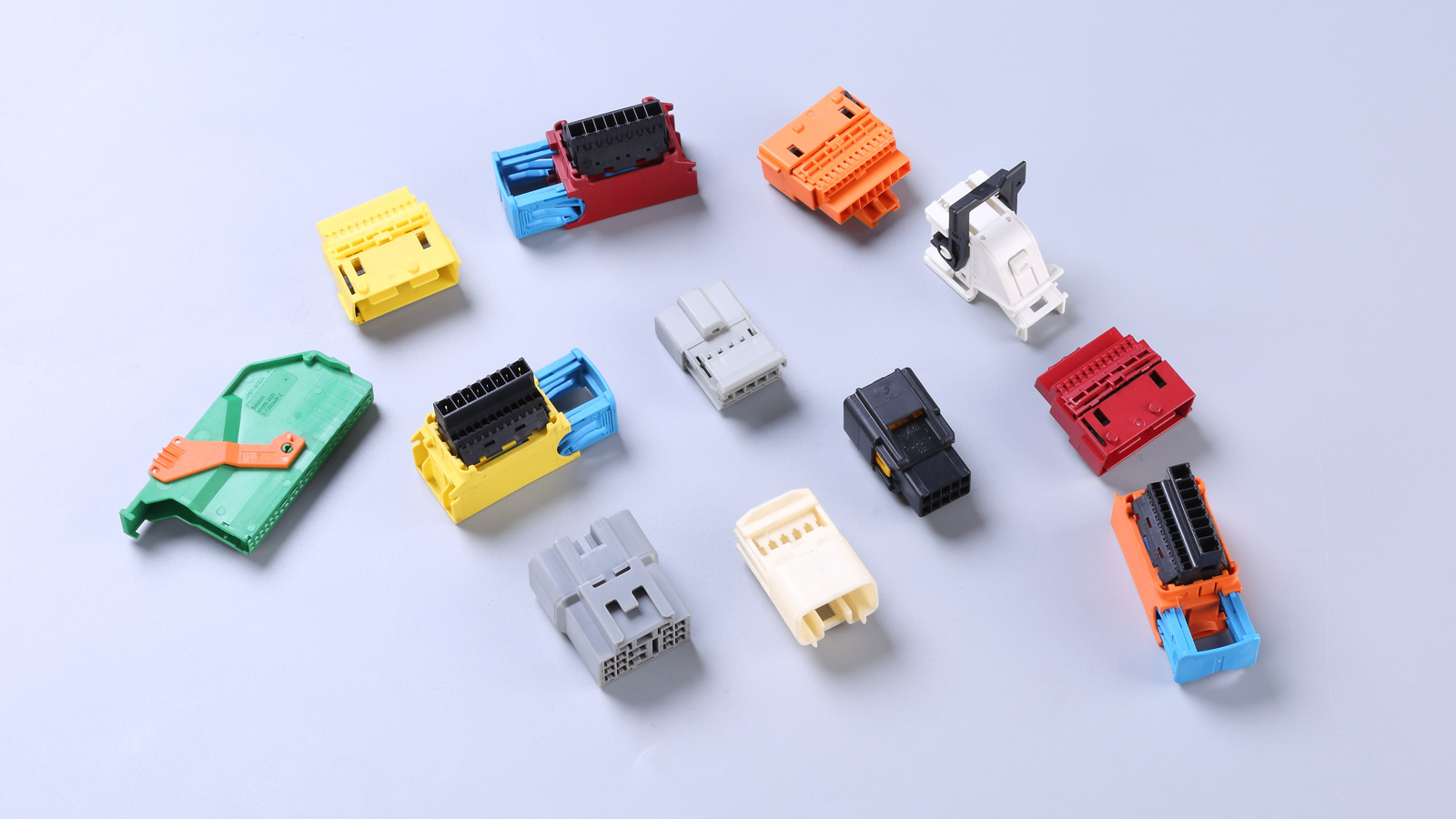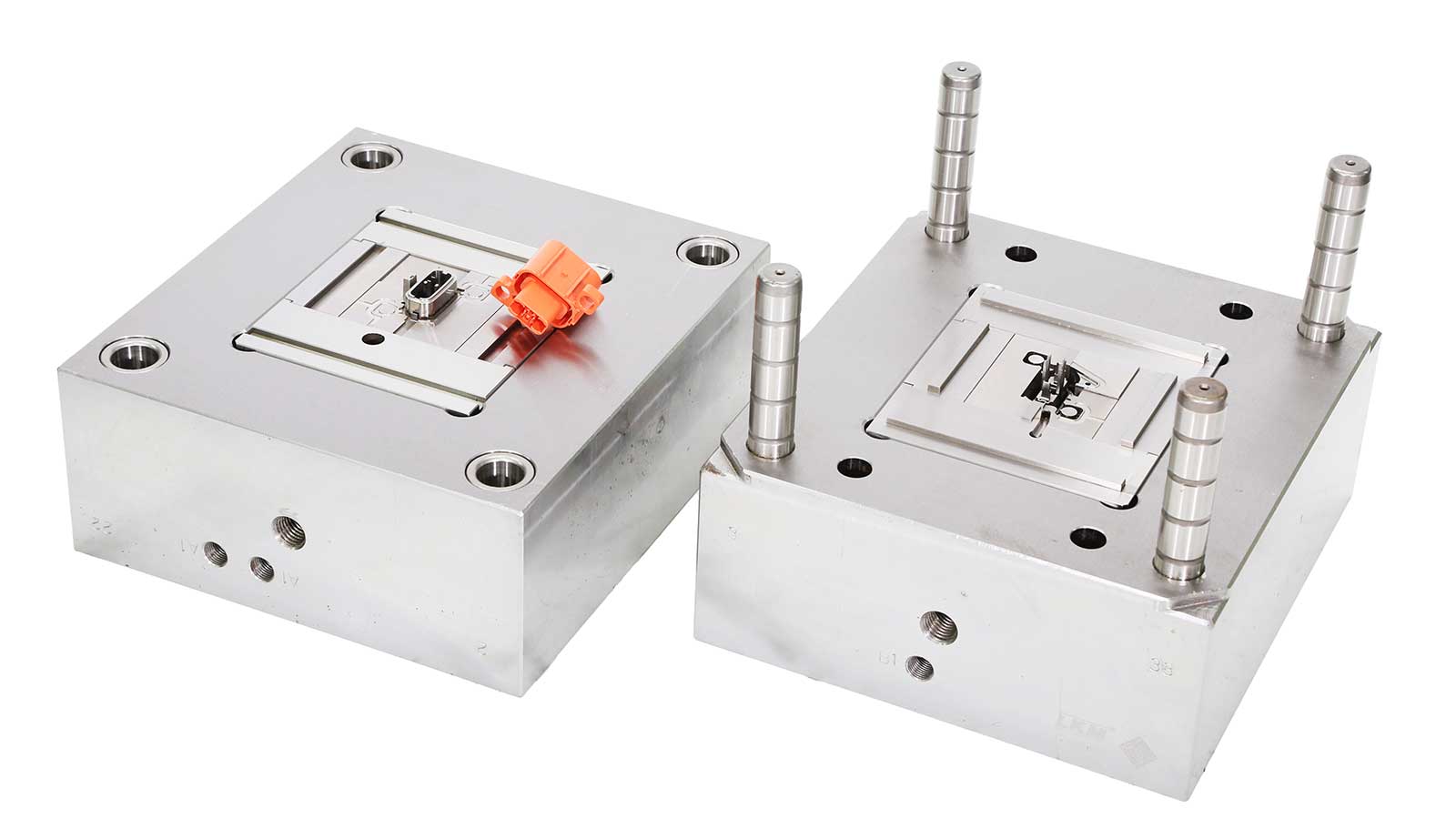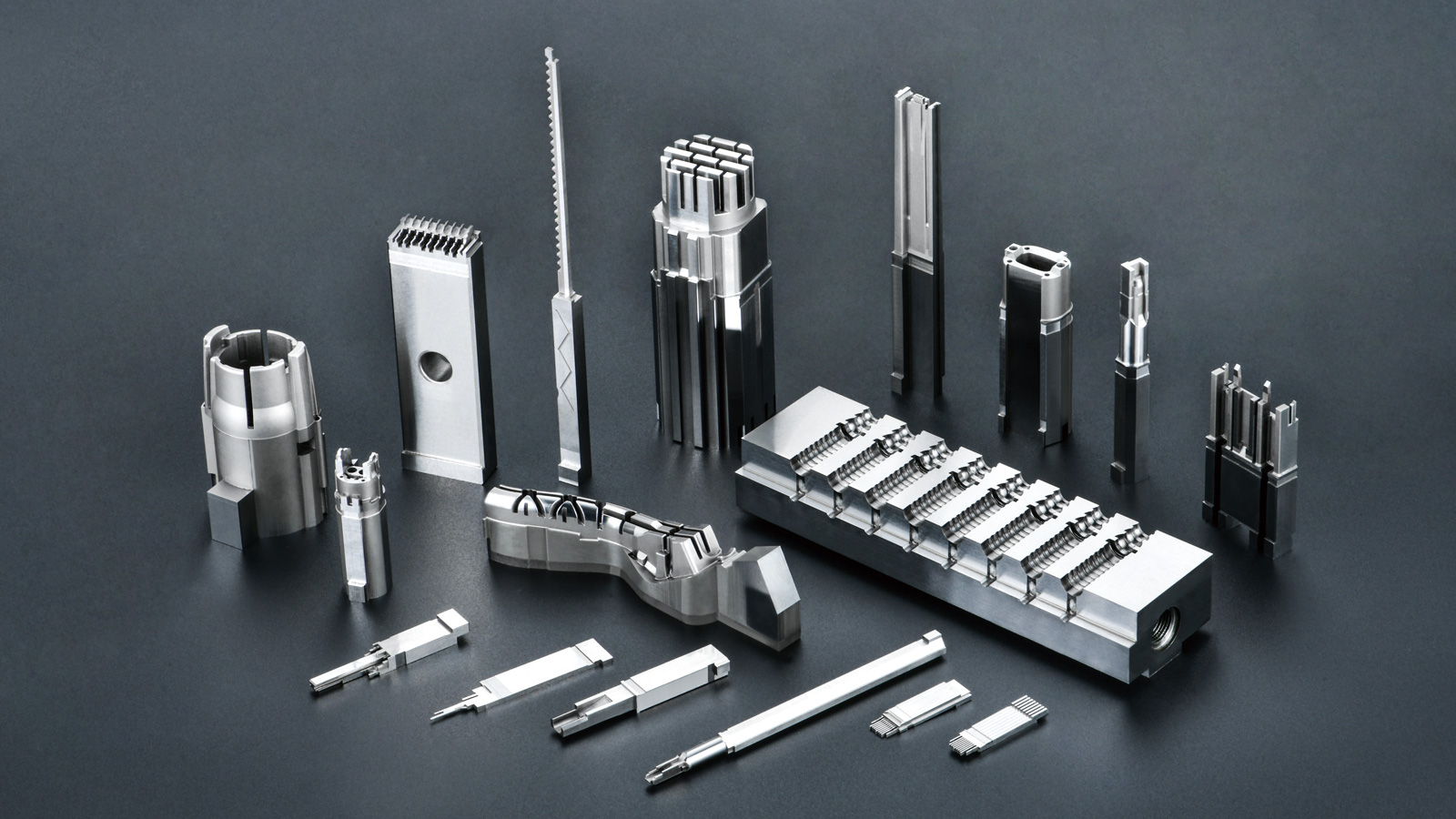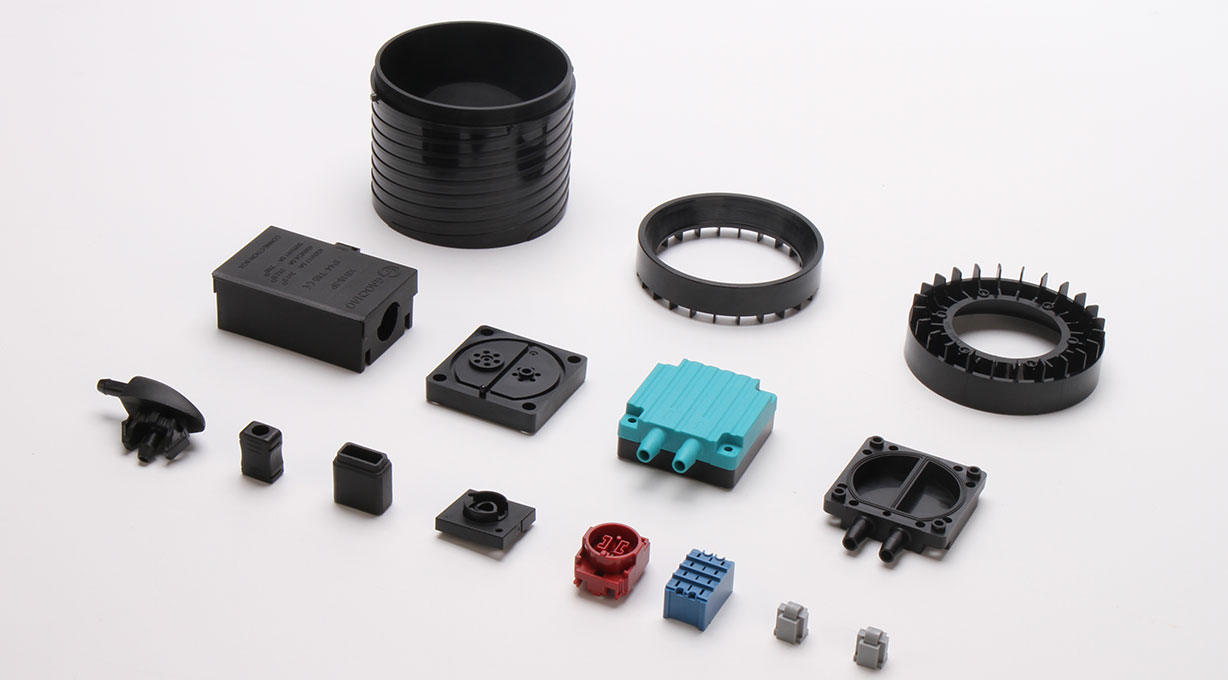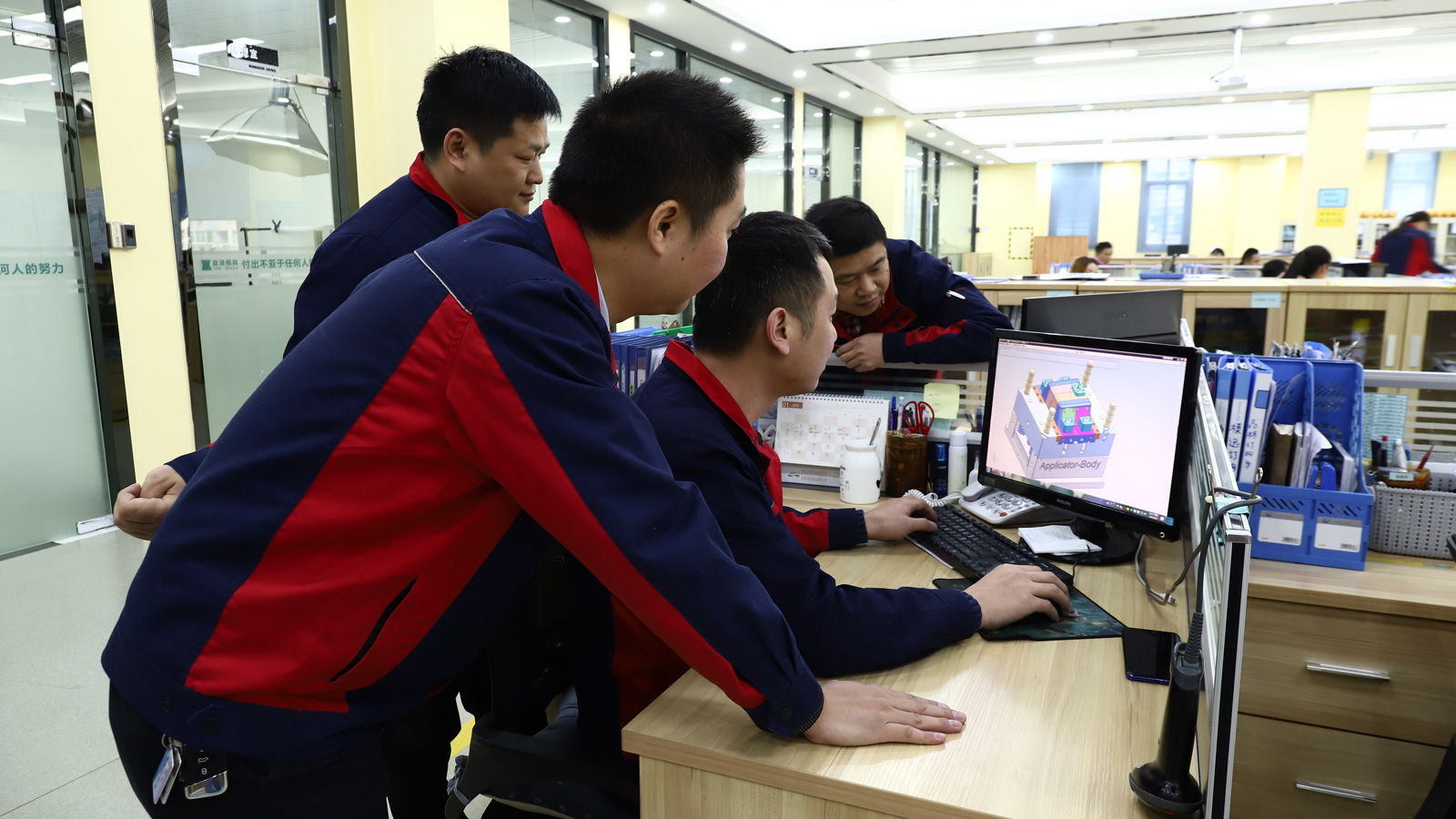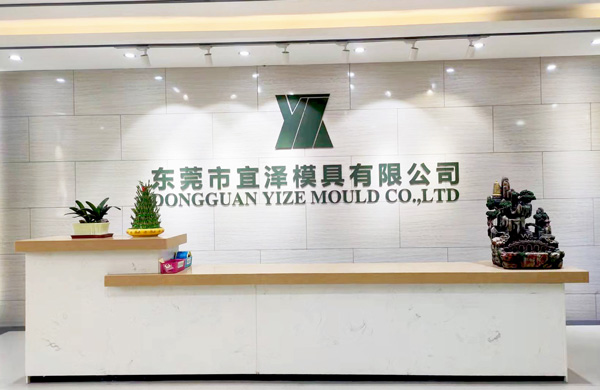In the process of plastic injection molding, it is a common problem that dents appear on the side wall of the molded part. This dent is usually caused by local shrinkage of the plastic after the mold gate is sealed or due to lack of glue. So, how to effectively solve the dent problem on the side wall of the molded part? This article will discuss it in depth from multiple aspects.
First of all, we need to understand the cause of dents. Dents often appear in the parts where the wall thickness of the molded part increases, such as near the external sharp corners, where the wall thickness changes suddenly, or behind the structures such as bulges, ribs, and supports. However, it may also appear in other atypical locations. At its core, the generation of dents is due to the thermal expansion and contraction characteristics of the material. During the expansion and contraction process of the molded part, its degree is affected by many factors, among which the performance of the plastic, the injection temperature range, and the holding pressure in the mold cavity are the three most important factors. In addition, the size and shape of the injection molded part, as well as the cooling rate and uniformity, will also affect the generation of dents.
During the plastic molding process, the amount of expansion and contraction of the material is closely related to the thermal expansion coefficient of the processed plastic. The thermal expansion coefficient in this process is called “molding shrinkage”. As the molded part cools and shrinks, its close contact with the mold cooling surface is gradually lost, resulting in a decrease in cooling efficiency. At the same time, the molded part will continue to shrink as it continues to cool.
It is particularly noteworthy that the shrinkage rate of molded parts made of semi-crystalline plastic materials is higher, which makes the dent problem more serious. In contrast, the molding shrinkage of amorphous materials is lower, so the occurrence of dents can be significantly reduced.
In addition, thick-walled molded parts are more likely to shrink due to the long cooling time. Therefore, excessive thickness is one of the root causes of dents. When designing injection molded parts, we should try to avoid the design of thick-walled parts. If the uneven thickness of the wall cannot be avoided, the part should be designed to be hollow to effectively reduce the occurrence of dents.
In summary, solving the problem of dents on the side walls of molded parts requires multiple aspects, including selecting suitable plastic materials, optimizing injection molding process parameters, and reasonably designing the structure of injection molded parts. Only in this way can we effectively avoid the generation of dents and improve the quality and aesthetics of molded parts.

